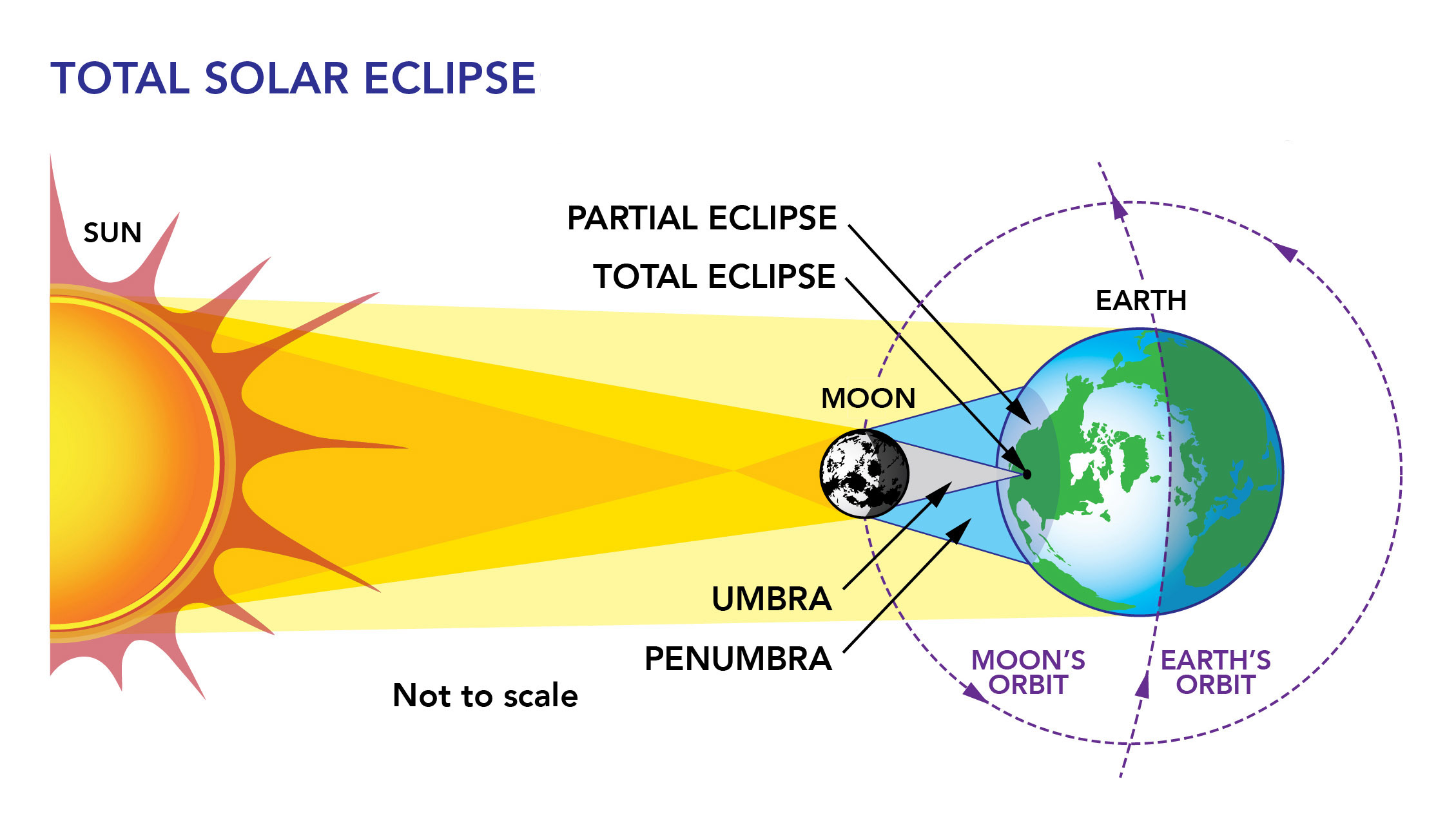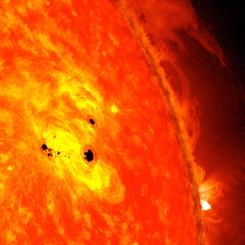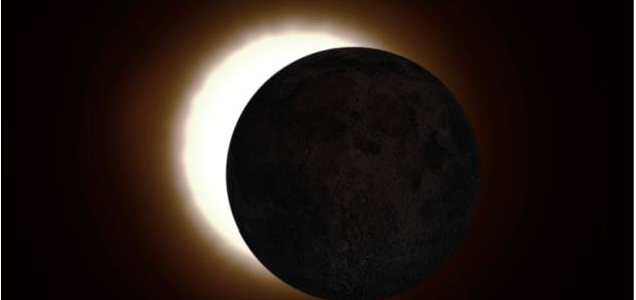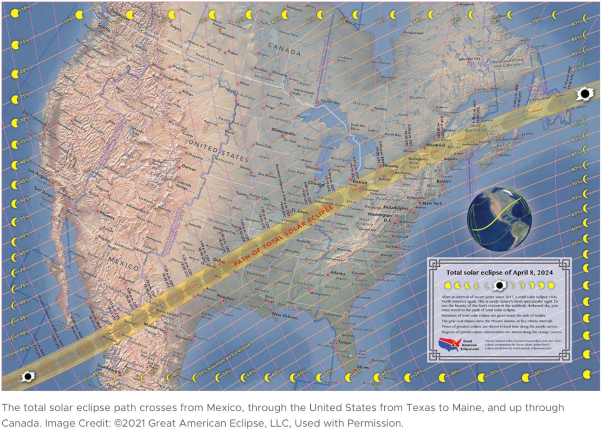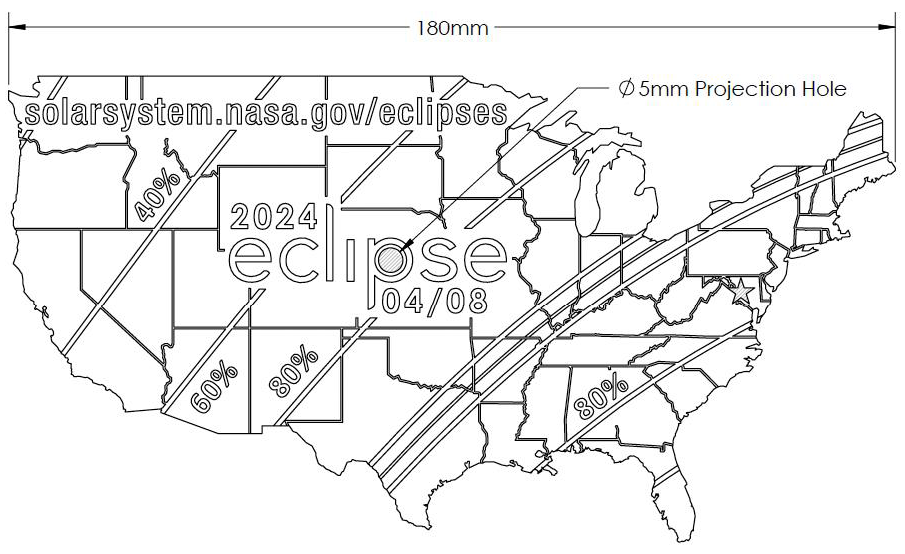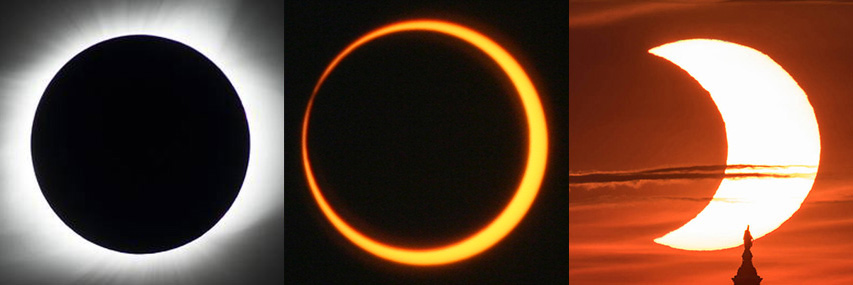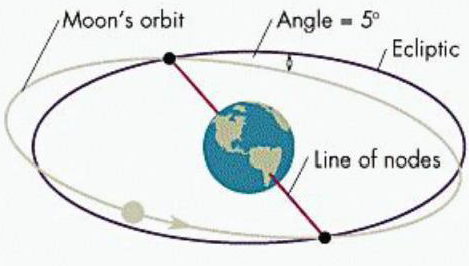Interactive Models
Calculating Ratios of an Eclipse
Overview
In this activity students will calculate the ratio of the size of the sun to the moon and the distance of the sun and moon from Earth to determine the type of solar eclipse possible.
Materials Required
Directions
Remember to never look directly at the Sun without proper safety equipment.
The phenomenon of a total solar eclipse can occur because of the ratio between the size of the Moon and the Sun and the distance between each object from Earth. The Sun is 400 times bigger than the Moon, but the Moon is 400 times closer to Earth than the Sun. This perfect ratio allows the Sun and the Moon to appear about the same size in the sky.
The difference between a total and annular eclipse is the distance between the Moon and the Earth. The reason that the Moon is not always the same distance from the Earth is because the shape of the Moon’s orbit around the Sun is in the shape of an ellipse, or an oval. During a solar eclipse, if the Moon is closer to perigee, the eclipse would be total. If the Moon is closer to apogee, the eclipse would be annular.
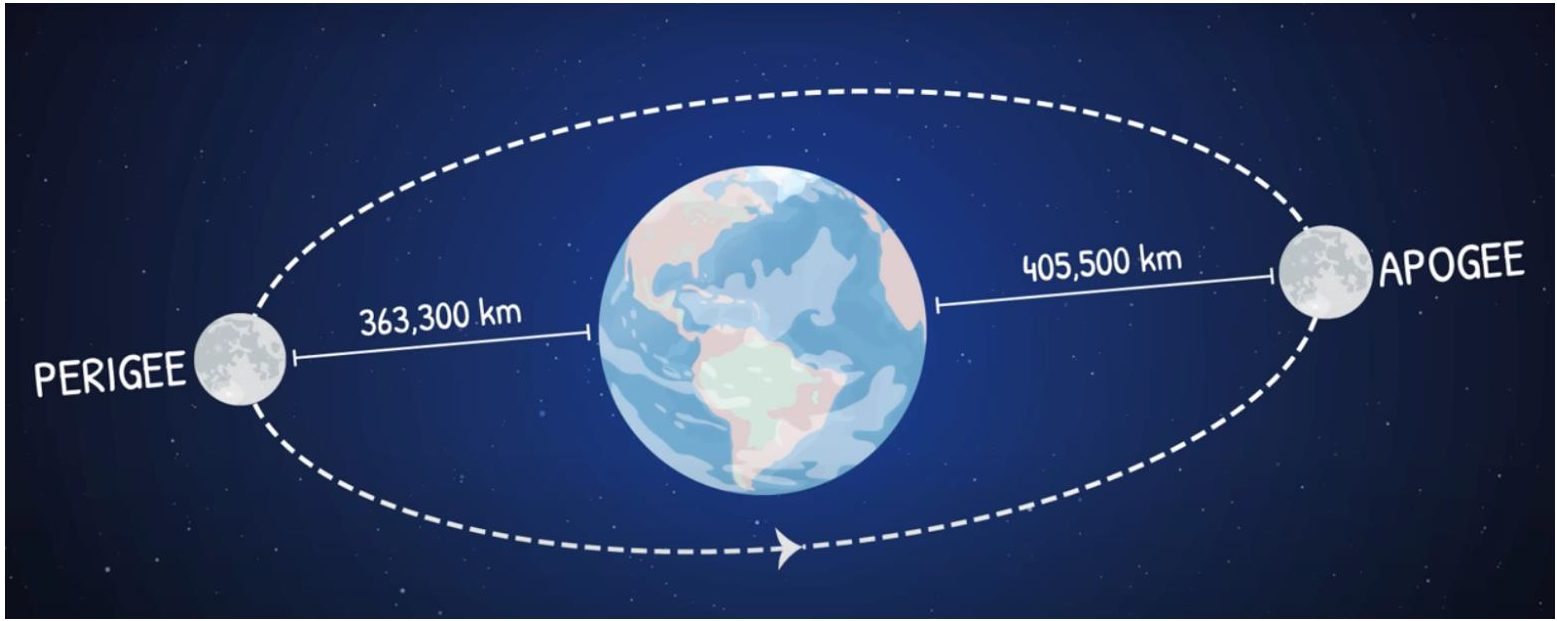
Procedure:
- Open the Calculating Ratios with Solar Eclipses spreadsheet workbook.
- Begin with the Intro tab on the left and read about the information needed to determine eclipse type.
- Continue through tabs 1-4 in order.
- There are directions in each tab.
- There are specific cells to enter calculation formulas.
- Remember that to divide you use the / key.
- Submit results as directed by your instructor.
Teacher Note
Teachers who are interested in receiving the answer key, please complete the Teacher Key Request and Verification Form. We verify that requestors are teachers prior to sending access to the answer keys as we’ve had many students try to pass as teachers to gain access.
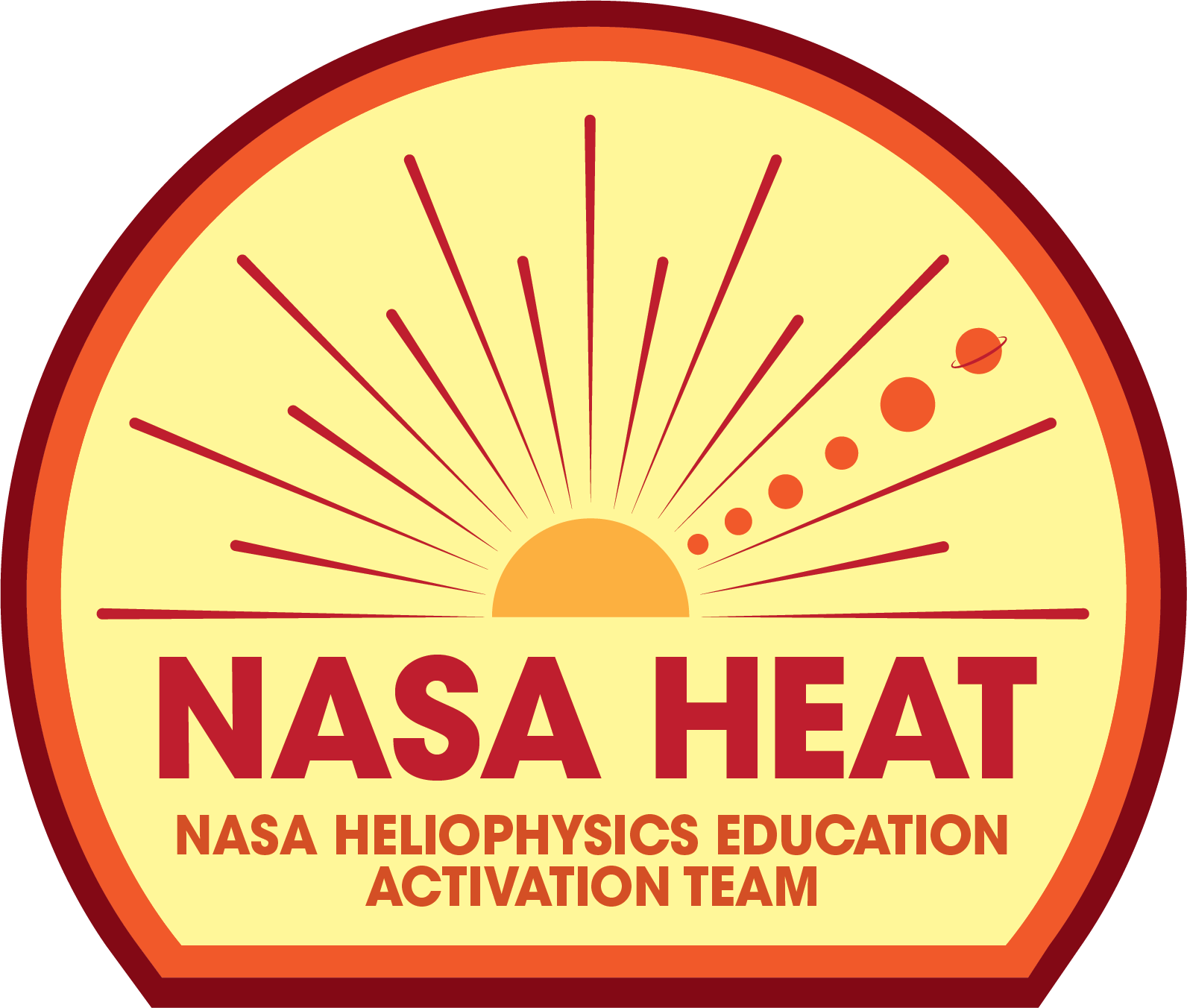
Disciplinary Core Ideas:
- ESS1B: Earth and the Solar System
Crosscutting Concepts:
- Patterns
Science and Engineering Practices:
- Developing and Using Models
Model the relationship between the Sun, moon and Earth during a solar eclipse.
What are the types of solar eclipses?
- Internet Required
- One-to-One (tablet, laptop, or CPU)
- One-to-a-Group
- Teacher computer/projector only


